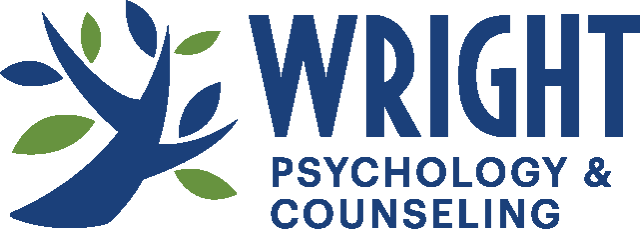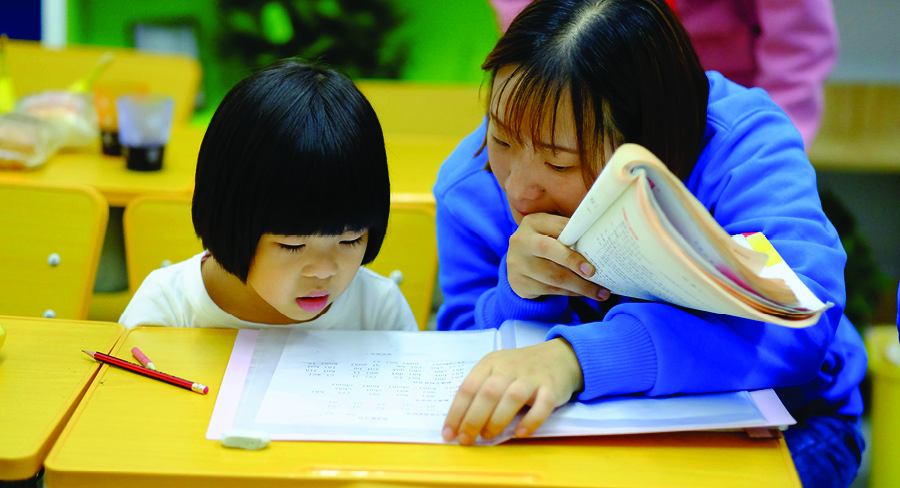There’s a lot of local attention getting paid to “Science of Reading” these days – and for good reason. Here’s a quick primer, specifically for parents.
What is the Science of Reading?
The term “Science of Reading” refers to more than two decades of research that reading experts, especially cognitive scientists, have conducted on how we learn to read.
It’s provided robust insight into what skills are involved, how those skills work together, and which parts of the brain are responsible for reading development.
It’s helped debunk older methods of reading instruction that were based on tradition and observation, not evidence.
And it’s helped inform an evidence-based approach for teaching foundational literacy skills. (1, 2)
So what “theories” or “schools of thoughts” are commonly used today?
“The assumption that underlies typical reading instruction is that learning to read is a natural process, much like learning to talk. But decades of scientific research has revealed that reading doesn’t come naturally. The human brain isn’t wired to read. Kids must be explicitly taught how to connect sounds with letters — phonics.”
– Hard Words: Why aren’t kids being taught to read? A radio documentary by Emily Hanford
A reading school of thought called “whole language” became popular in the 1980s. Proponents of this theory dismissed the need for phonics altogether. Instead they claimed children only learn to read through reading. This method was debunked by the early 2000s as the science was showing to become a good reader, you must learn to decode words.
“Balanced literacy” evolved from the whole language approach – with some phonics added back in. Similar to its predecessor, this theory claimed that children “will learn to read if given good books and taught cues and strategies to support their reading, such as looking at the pictures or using context. This method has remained popular with some educators since they believe it builds a love of books and reading.” (2)
Researchers have found balanced literacy strategies – like the commonly known “three-cueing” – are not effective for all students, as are the more sequential approaches of a phonics-based program.
How are these approaches working for our kids?
Not well. At least not for all kids.
But our nationwide literacy problem is pervasive and decades old. Sadly, it’s almost become accepted in our collective conscience:
- More than 60 percent of American fourth-graders are not proficient readers (and it’s been that way since testing began in the 1990s) (3)
- Nearly two-thirds of students graduate from high school still reading below grade level. (4)
- A third of kids can’t read at a basic level. (3)
It’s disheartening when you consider the stakes:
- Research shows that children who don’t learn to read by the end of third grade are likely to remain poor readers for the rest of their lives, and they’re likely to fall behind in other academic areas, too. (3)
- People who struggle with reading are more likely to drop out of high school, to end up in the criminal justice system, and to live in poverty. (3)
- The inability to read and understand health information accounts for $232 billion spent in health care costs each year. Studies have linked low literacy to problems with use of preventive services, delayed diagnosis, adherence to medical instructions, and more. (4)
What are the key tenants of the Science of Reading? How is it different from other methods?
Thousands of research studies in classrooms and clinics have repeatedly shown that virtually all kids can learn to read — if the instruction approach aligns with what science has proven about how our brains work.
The science of reading says five essential components are necessary for effective reading instruction:
- Phonological awareness – awareness of the sound structure of words
- Phonics* – correlating sounds with letters or groups of letters
- Fluency – accuracy, rate and expression while reading
- Vocabulary – the body of words a child has learned
- Reading comprehension – the understanding and interpretation of what is read
*The real differentiator with the science of reading is phonics; learning to read by “sounding out” words.
Have teachers and administrators been taught the Science of Reading?
Despite the overwhelming data (reading is likely the most studied aspect of learning), many teachers don’t know this science.
“A big part of the problem is at the university level, in schools of education, according to the authors of a 2016 article in the Journal of Childhood & Developmental Disorders. ‘Faculty have ignored the scientific knowledge that informs reading acquisition,’ the authors wrote. ‘As a result, the pre-service teachers who are being educated at these institutions fail to receive the necessary training.’
In 2016, the National Council on Teacher Quality, a Washington, D.C.-based think tank, reviewed the syllabi of teacher preparation programs across the country and found that only 39 percent of them appeared to be teaching the components of effective reading instruction.” (3)
– Hard Words: Why aren’t kids being taught to read? A radio documentary by Emily Hanford
What can parents do?
- Advocate at the district and state level for educational reform that requires schools to utilize methods proven to teach all kids to read.
- If your child appears to be struggling with learning to read, connect with a local specialist (such as psychologist who specializes in the assessment of learning disorders) to learn about resources in the community outside of school for reading remediation.
- Consider obtaining a private, comprehensive psycho-educational assessment with a psychologist who specializes in learning disorders to better understand your child’s strengths and weaknesses, obtain a diagnosis (if one is present) for accommodations at school, and to provide customized recommendations for intervention.
And what can educators do?
- Especially for educators who were trained in and have been using balanced literacy in the classroom for years – or decades, be open-minded to the science of reading.
- Explore the science of reading for yourself. There is no shortage of research studies and articles about how our brain learns to read.
- Implement a phonics-based program that develops crucial reading and learning skills, as well as cognitive skills like working memory and auditory processing that research shows are critical for reading.(2)
Further Reading & Research
There are great resources available for those seeking to learn more:
- Hard Words: Why aren’t kids being taught to read? – Incredible reporting; a radio documentary that delves into the many facets of this issue from a variety of vantage points – teachers, administrators, parents and students.
- The author of that documentary has also published several compelling opinion pieces in the New York Times, which you can find here, here, and here.
- What are the reading wars? A 17-minute podcast (with transcript) that looks back at the history of teaching reading in the U.S., how we got to where we are today, and the debate about how we move forward.
(1) Institute for Multi-sensory Education. What is the Science of Reading? Dr. Kirstina Ordetx. January 14, 2021.
(2) The Science of Learning Blog By Carnegie Learning. The Science of Reading: The Basics & Beyond. Cory Armes, M.Ed. April 8, 2020.
(3) APM Reports. Hard Words: Why aren’t kids being taught to read? Emily Hanford. September 10, 2018.
(4) Library Journal. How Serious Is America’s Literacy Problem?. Amy Rea. April 29, 2020.

